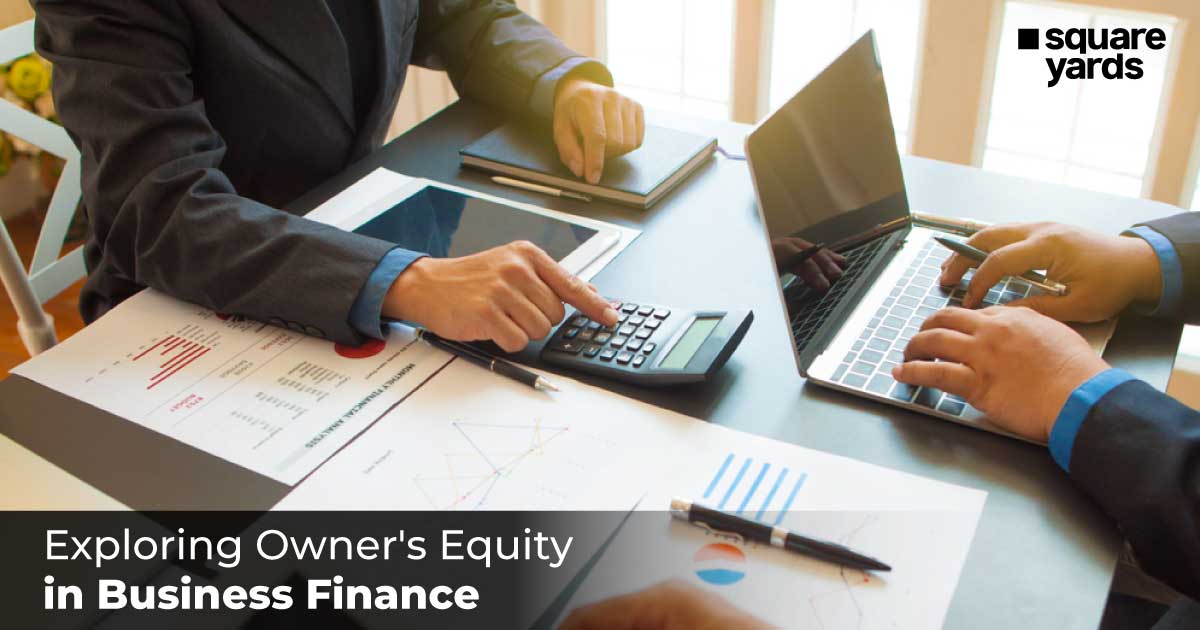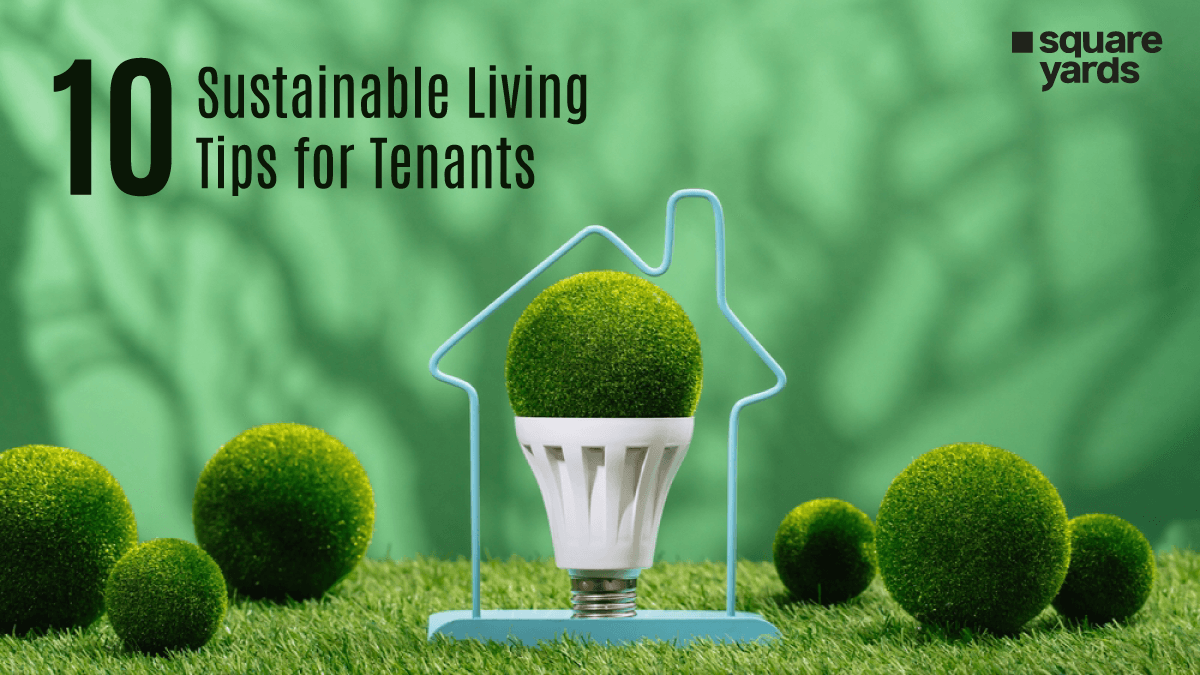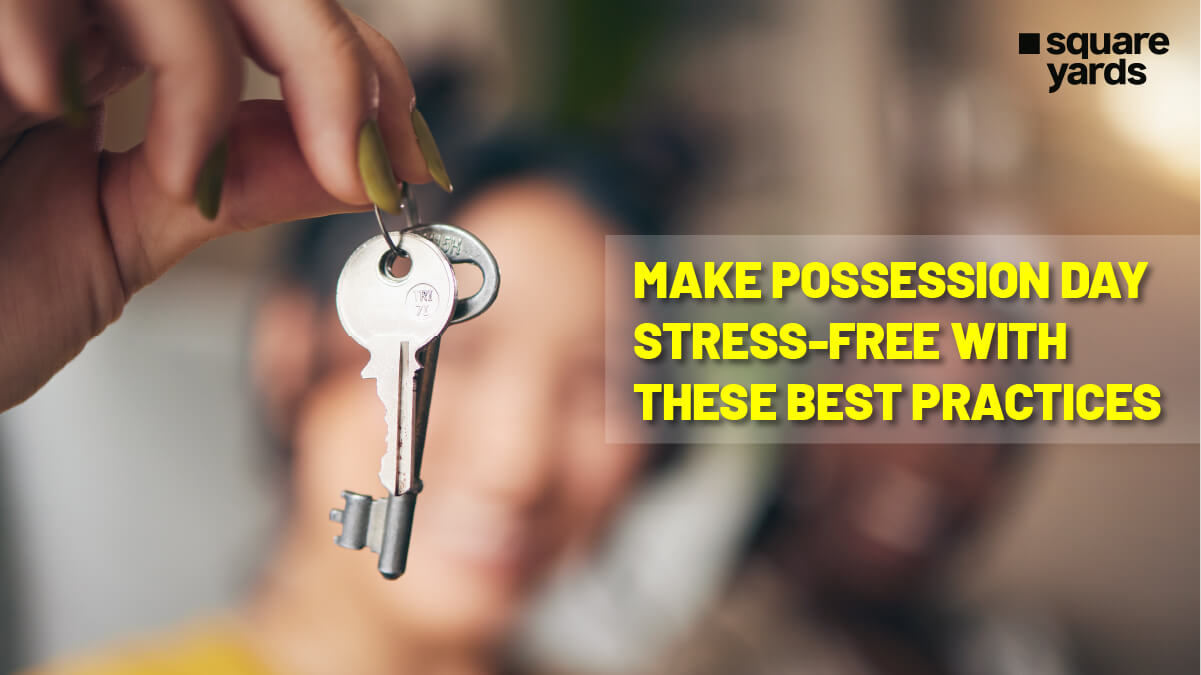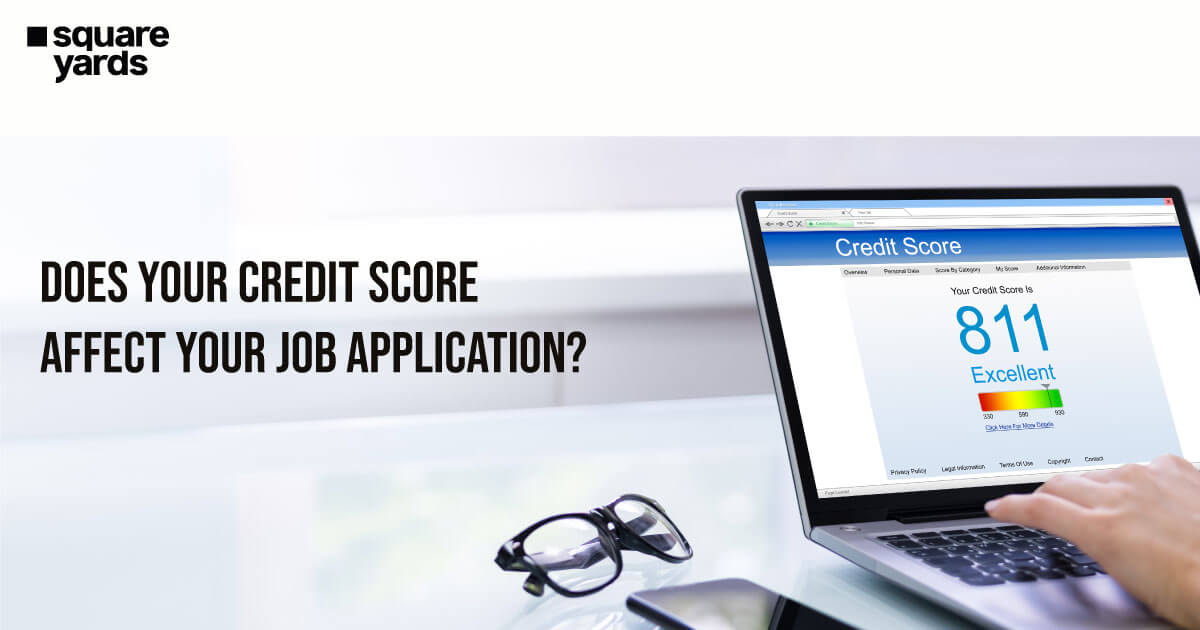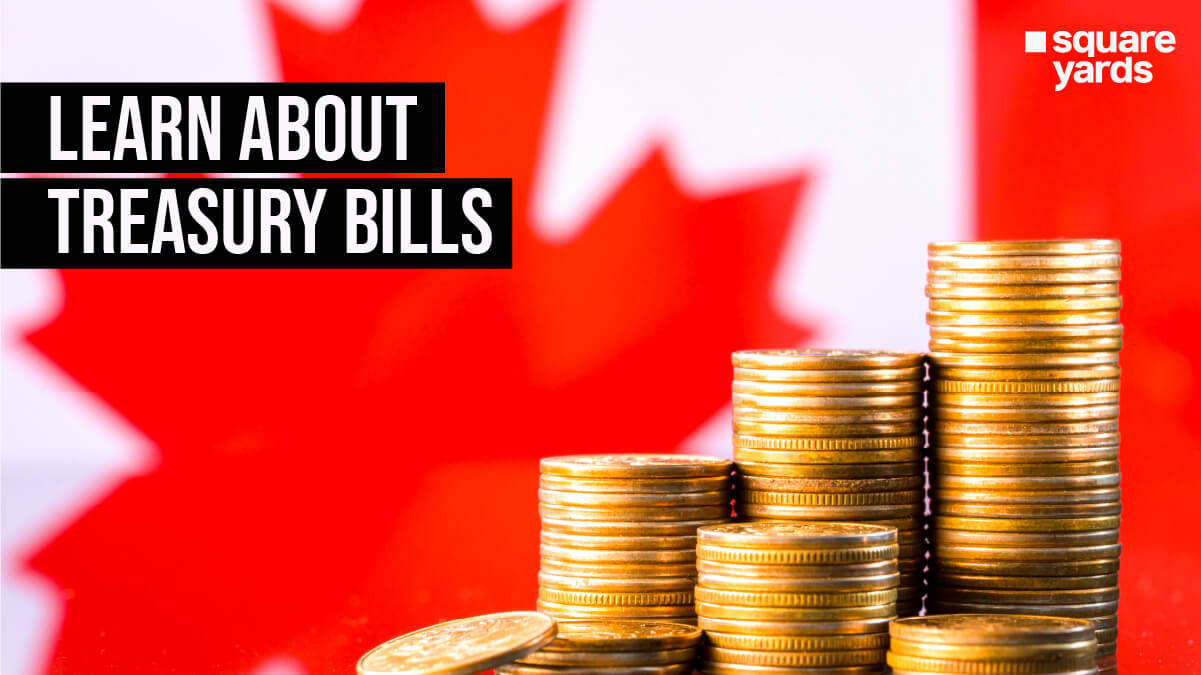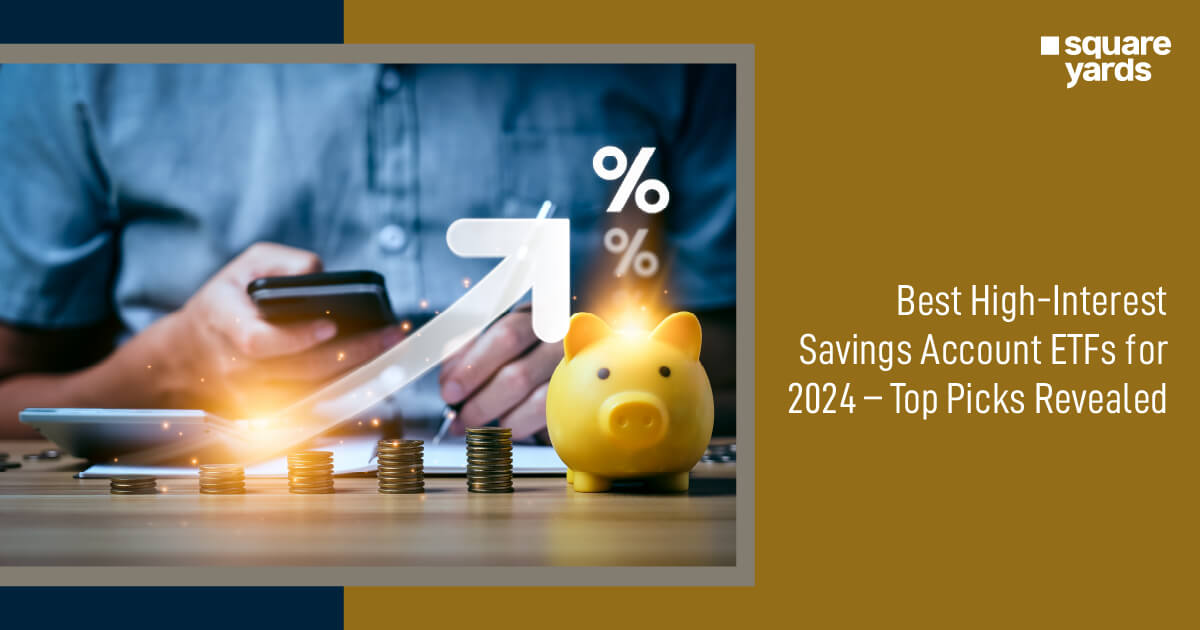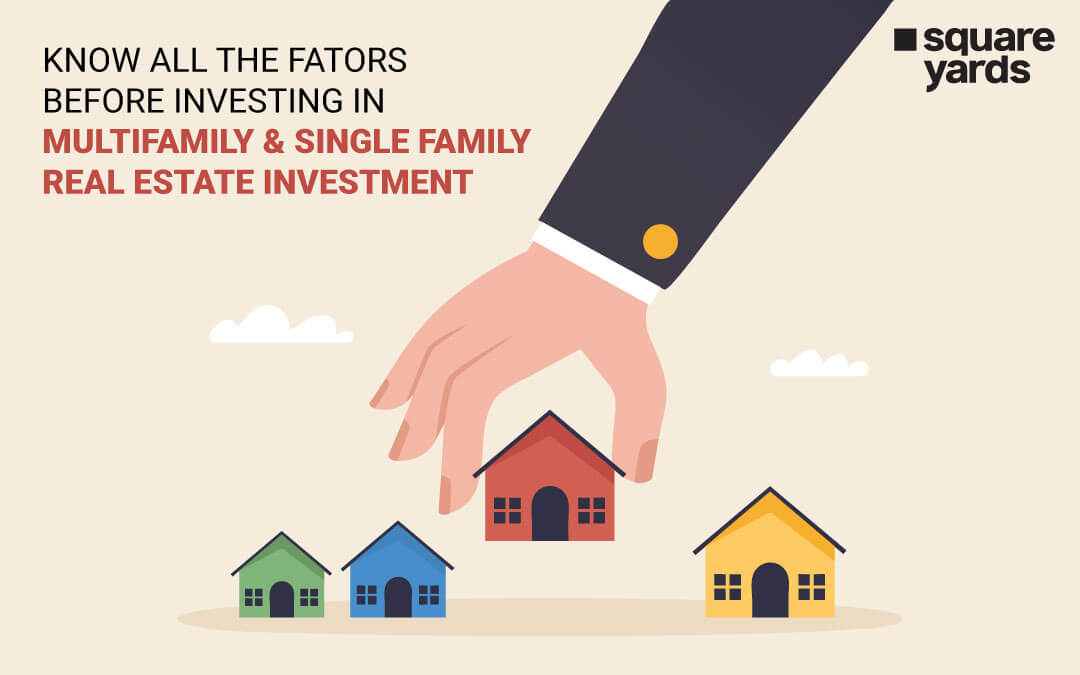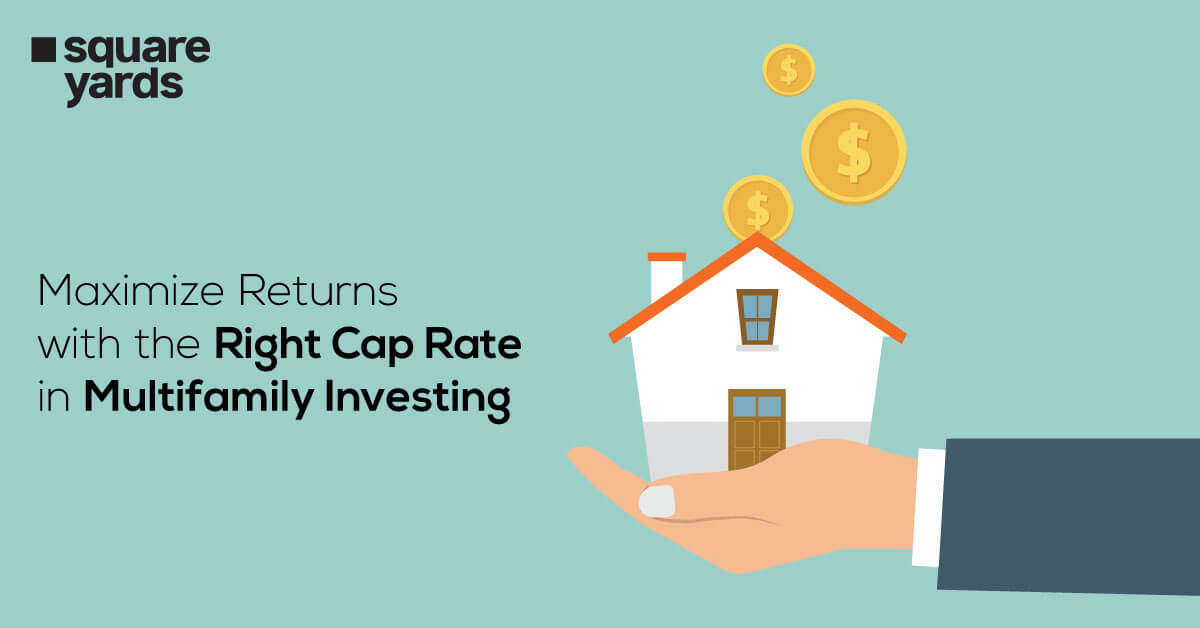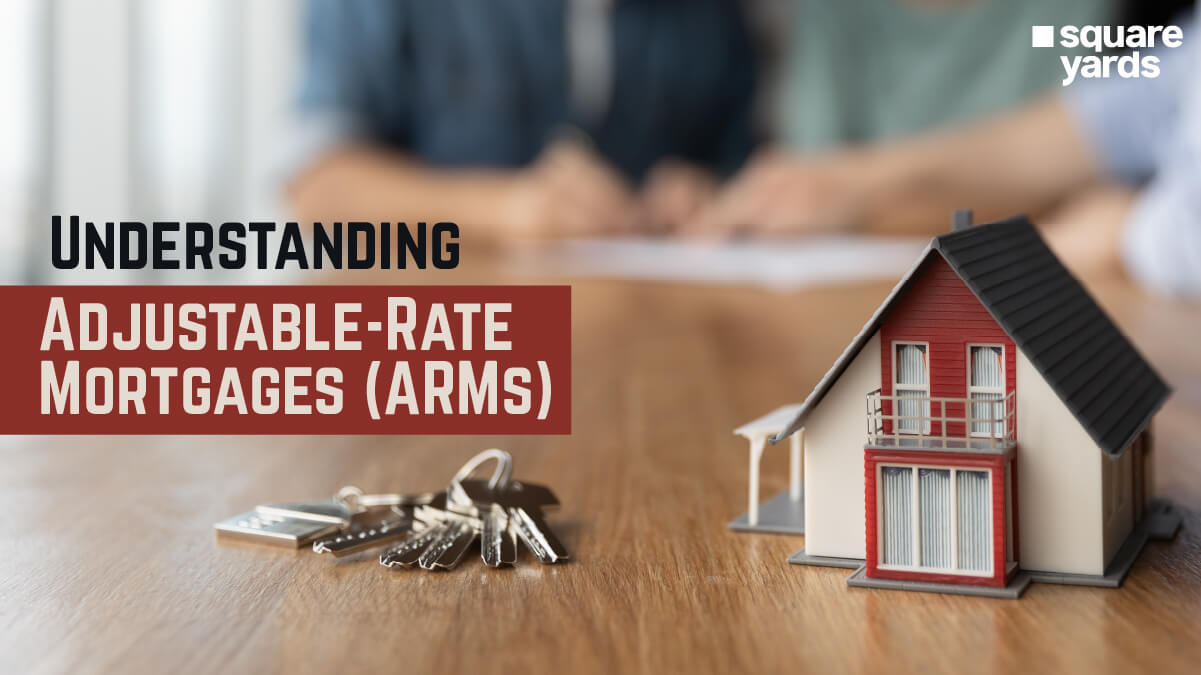If this was a German news channel and we were supposed to get right to the point, we’d probably get straight to the mathematical equation representing Owner’s equity and confuse you. But it’s not. So, we can chill, get to know each other, share our pasts and maybe get to business… No? ‘K, my bad. Jokes apart, owners equity is a financial term that describes assets minus liabilities. The property is an asset as it has inherent value, while the mortgage loan represents a debt or liability. The owner’s equity is how much money they put into the real estate minus any cash they took out. Think of it as your real estate piggy bank. For instance, if you’ve got a real estate project worth $500,000, and your loan tab is $400,000, your owner’s equity is $100,000. That’s the part you can say is all yours.
What Does Owner’s Equity Mean?

Alright, imagine you’re building a gingerbread house. You start with gingerbread cookies, frosting and maybe some colourful candy decorations. That’s your house, right? Now, let’s say you want to sell that gingerbread house. The money you get from selling it is like the price of your house in the real estate world. So far, so good? Here’s where owners equity comes in. Think of it as the part of the gingerbread house that belongs to you. It’s not made of candy or frosting; it’s the gingerbread cookies at the core. You own that part.
Now, If you borrowed some candy from your friend to make the house look fancier, that’s like a mortgage or a loan in real estate. You still own the gingerbread core but owe your friend some candy. When you sell your gingerbread house for more than the candy you borrowed, the extra money is your owners equity. It’s the sweet reward for your hard work in making the gingerbread house, and it’s what you truly own after you’ve paid off your candy debt.
Owner’s Equity In Real Estate
Owners equity refers to the portion of the property’s value that belongs to the owner. It’s the difference between the property’s market value and the outstanding mortgage on the property. After accounting for your financial obligations, it represents your stake or ownership in the property. Owner’s equity serves as a measure of the property’s net worth to the owner. It reflects the portion of the property that the owner truly possesses outright instead of what is financed through loans or mortgages. This figure is essential for buyers and sellers as it influences a real estate transaction’s financial leverage and return on investment.
Components of Owners Equity

Assets, Liabilities and Equity go together when understanding owners equity.
-
Assets
Assets encompass everything you possess, from real estate properties, vehicles, boats, furniture, and businesses to personal belongings.
-
Liabilities
Liabilities represent the financial obligations or debts associated with your assets. This includes loans against your assets, such as mortgages or auto loans.
Other components of these payments can be listed as follows:
-
- Property Value: The real estate property’s current market value or appraised value is a fundamental component of owner’s equity. This value is influenced by location, condition, size, and the real estate market’s prevailing conditions.
- Initial Down Payment: When a property is purchased, the buyer typically makes an initial down payment, a portion of the property’s purchase price paid upfront. This down payment becomes part of the owner’s equity.
- Mortgage Principal Payment: As the owner makes monthly mortgage payments, a portion of each payment is applied to the loan’s principal balance. The owner’s equity grows over time as the loan balance decreases.
- Home Improvements: Any investments made by the owner in the form of home improvements, renovations, or additions can increase the property’s value, consequently boosting the owner’s equity.
- Increased Value: Over time, real estate properties may appreciate due to inflation, economic growth, and market demand. This appreciation adds to the owner’s equity.
Owner’s Equity: Calculation
To calculate owner’s equity, you would subtract the total outstanding mortgage balance and any other encumbrances from the property’s current market or appraised value.
The owner’s equity formula reads:
Owner’s equity = Assets – Liabilities
Some Owner’s Equity examples using this formula follow below.
For buyers, understanding the owner’s equity is crucial because it directly impacts the amount of equity they will have in the property once they acquire it. This equity can be used for various purposes, such as leveraging additional investments, accessing lines of credit, or serving as a safety net in times of financial need. On the other hand, sellers must be aware of their property’s owner’s equity to accurately price their real estate listings. A higher owner’s equity can give sellers more flexibility to set a competitive asking price or negotiate favourable terms during a sale.
What is an Owner’s Equity Statement?
A Statement of Owner’s Equity provides a detailed look at how equity changes over time, going beyond the equity section of a balance sheet. It’s especially relevant for sole proprietorships and privately held businesses. This statement encompasses the equity at the beginning of the period, net income, additional investments or withdrawals by the owner, and non-cash contributions like equipment. The total equity presented in this statement should match what’s on the balance sheet. It’s primarily used in sole proprietorships, where income earned during the period is added to the initial capital balance while owner draws are subtracted. Owner’s equity grows through income and owner contributions but shrinks due to losses and owner draws. So, the statement typically comprises these line items:
Beginning capital balance
-
- Income earned during the period
- Losses incurred during the period
- Owner contributions during the period
- Owner draws during the period
= Ending capital balance.
Examples of Owner’s Equity:
Imagine you buy a house for $250,000, and you make a down payment of $50,000. To cover the rest of the purchase price, you take out a mortgage for $200,000. After a few years, you’ve been diligently making mortgage payments, and now the outstanding balance on your loan is down to $180,000. To calculate your owner’s equity in this real estate property, we use the owner’s equity equation. You would subtract the remaining mortgage balance from the property’s market value. Let’s say that the house is now worth $280,000 based on recent neighbourhood sales.
Owner’s Equity = Property Value – Mortgage Balance
= $280,000 – $180,000
= $100,000.
So, in this simple example, your owner’s equity in the real estate property is $100,000. This represents the portion of the property’s value that you truly own, free and clear, after accounting for your outstanding mortgage debt.
Comparing Owner’s Equity and Business Fair Value

Owner’s equity and Business Fair Value differ in their financial concept calculations. Where owner’s equity represents the portion of property the owner truly owns, the business fair value is the estimated worth of the entire property. The owner’s equity is calculated after removing the mortgage balance and other liabilities or debts, and the business fair value is calculated more comprehensively. It considers factors such as the income generated by the properties, future growth prospects, market trends, and the overall competitive position of the real estate business. Owner’s equity is crucial for property owners and investors, as it impacts their financial leverage, return on investment, and ability to access additional financing or lines of credit. Business fair value is particularly relevant for real estate companies, investors, or individuals with multiple properties or real estate assets.
Ways to Increase Owner’s Equity
You can follow the following steps to increase the owner’s equity associated with the business.
-
- The most advantageous way to grow equity is by increasing profits. This approach involves boosting your property’s revenue and enhancing operational efficiency. Increased profits flow into higher retained earnings, directly contributing to higher equity.
- Reduce the liabilities associated with the property. This can involve refinancing high-interest debt with lower-rate options or implementing cost-saving measures such as reducing team member expenses.
- Another approach is to invest additional funds in the business, which is especially relevant for private companies. In the case of public companies, consider bringing on additional equity partners or authorising the sale of more shares of stock.
For real estate properties or homeowner equity:
-
- Making a substantial down payment when you purchase your home can provide an instant equity boost. Additionally, it’s important to be mindful of your mortgage type.
- Making mortgage payments consistently and paying more than the minimum required whenever possible can steadily increase your equity. Staying in your home for an extended period can also work in your favour, as you’re more likely to benefit from any increase in the property’s value, which adds to your equity stake.
- Lastly, consider making improvements to your home that add value to the property.
Wrapping Up
Understanding owner’s equity is crucial in the real estate world. It’s the heart of your investment, affecting your financial leverage, investment decisions, and ability to make the most of your real estate assets. It’s the part that truly belongs to you, the core value of your property. Remember, owner’s equity is not just a number on paper; it represents your stake in the property and plays a significant role in your financial well-being. Make sure you own that land and keep that Django Unchained.
You May Also Read
|
Guide To Home Equity Line of Credit |
|
|
Know The Small Business Loan in Canada |
|
|
All About Business Opportunities in Canada |
|
|
Apply For Canada Student Loan |
Frequently Asked Questions (FAQs)
Owner's equity is partly obtained from a company's assets, but it is not an asset in and of itself. Owner's equity is derived by subtracting the total value of a company's assets from the total value of the company's liabilities.
Owner's equity can be negative if the company's liabilities exceed its assets. In this situation, the owner may need to invest more money to make up the difference.
Shareholder equity is the amount of money invested in a company by its owners after you subtract all the bills and debts the company has to pay. It's the part of the company's value that's left over for the shareholders or investors.
The percentage of ownership rights that an individual, firm, or other type of organisation has in one company is referred to as equity interest.
Revenues, gains, expenses, and losses are the primary accounts that determine owner's equity. If you have revenues and profits, your owner's equity will rise. When there are expenses and losses, the owner's equity decreases. Is owner’s equity an asset?
Can owner’s equity be negative?
What is shareholders’ equity?
What is an equity interest?
What affects owner's equity?

